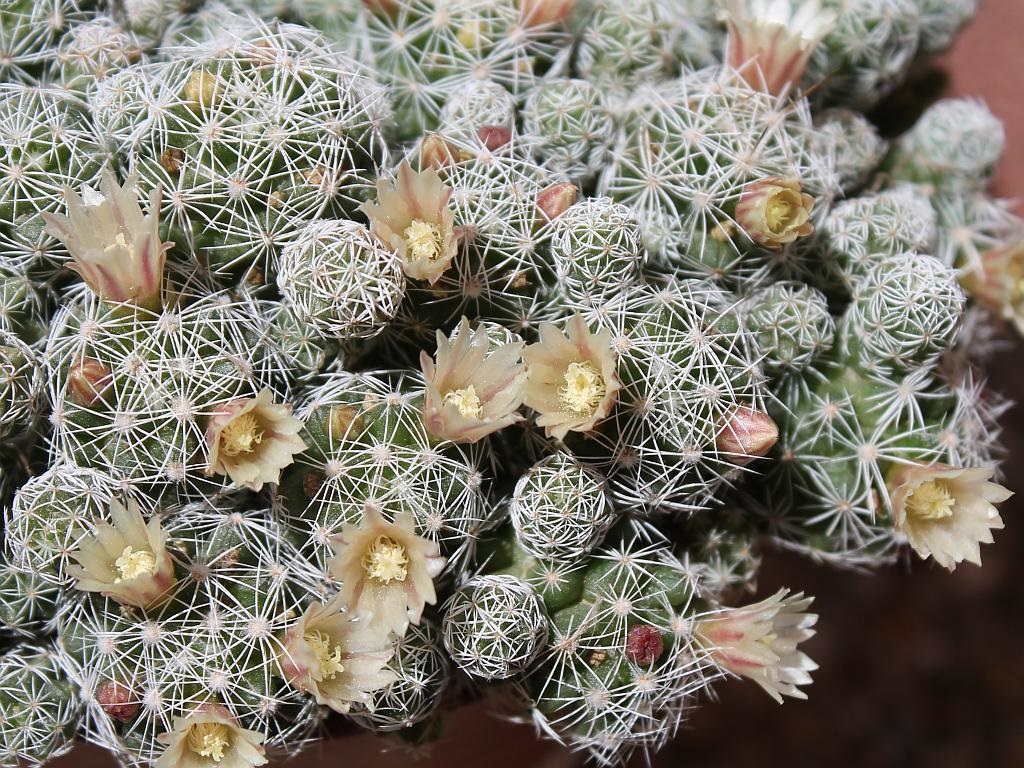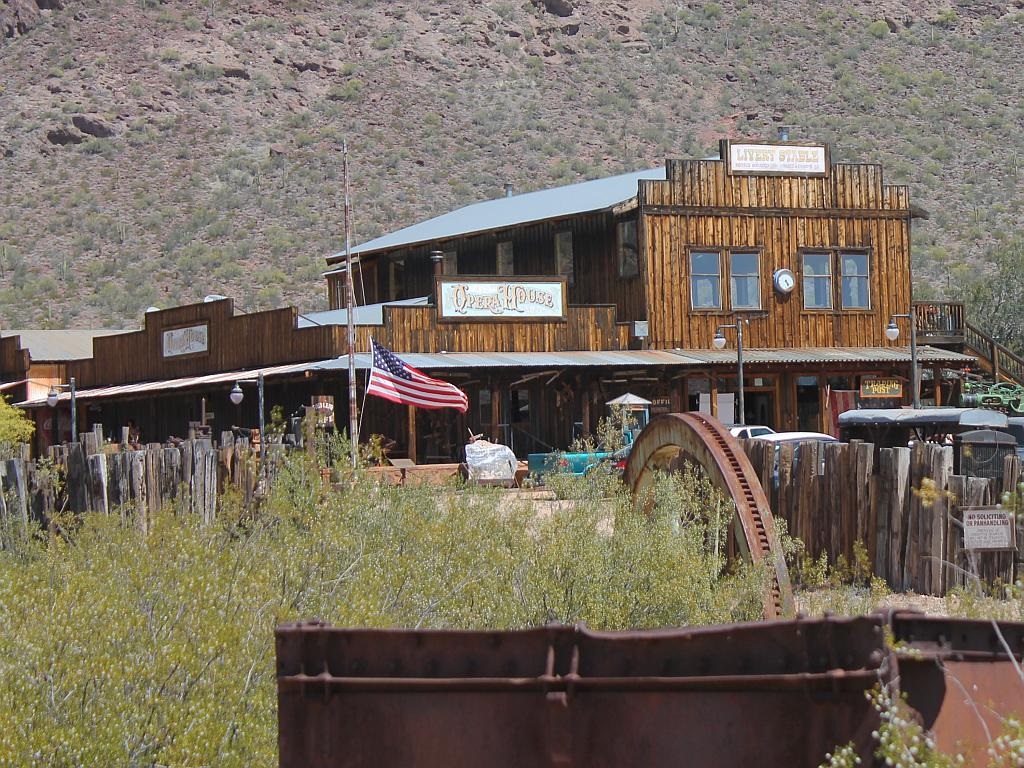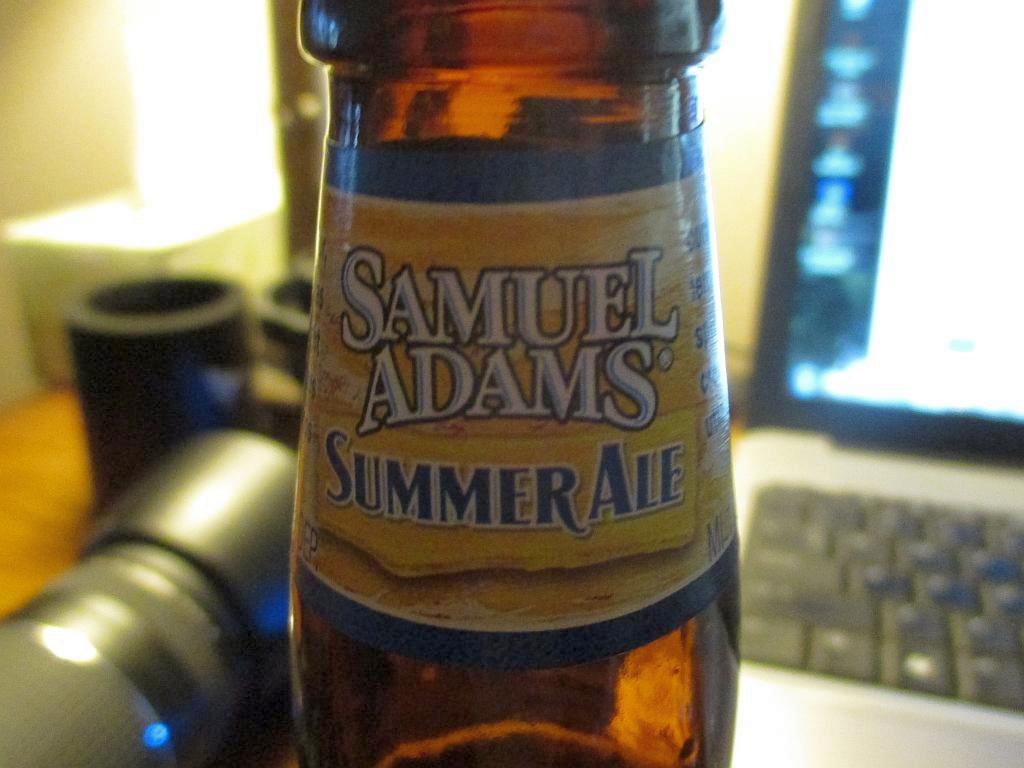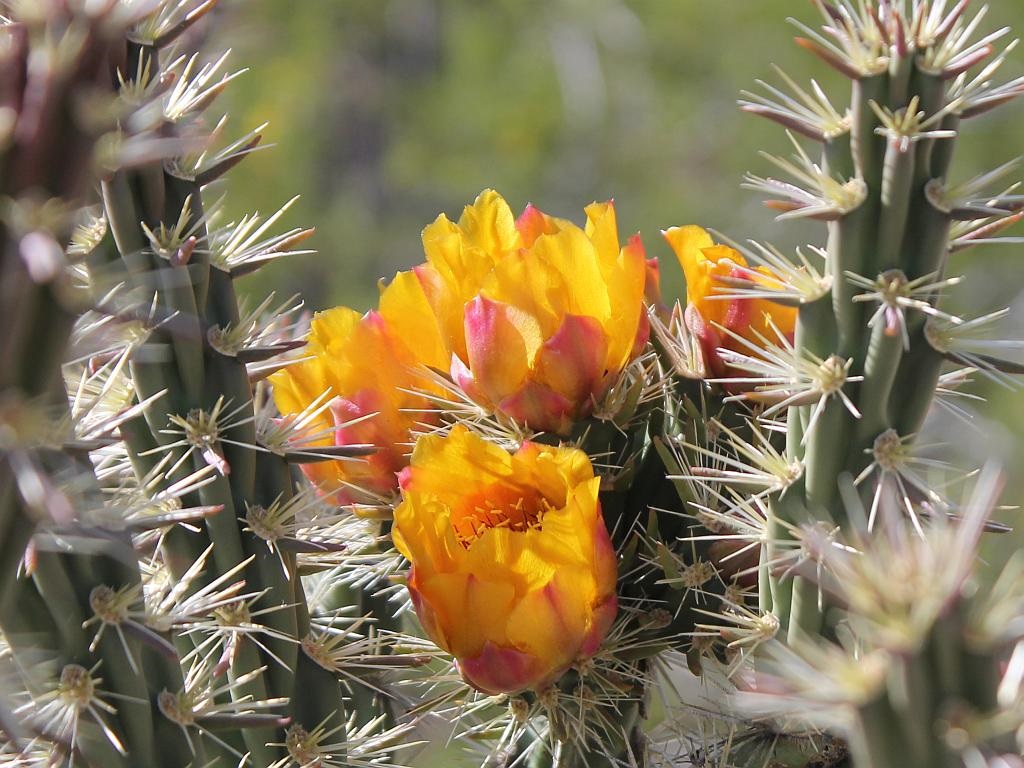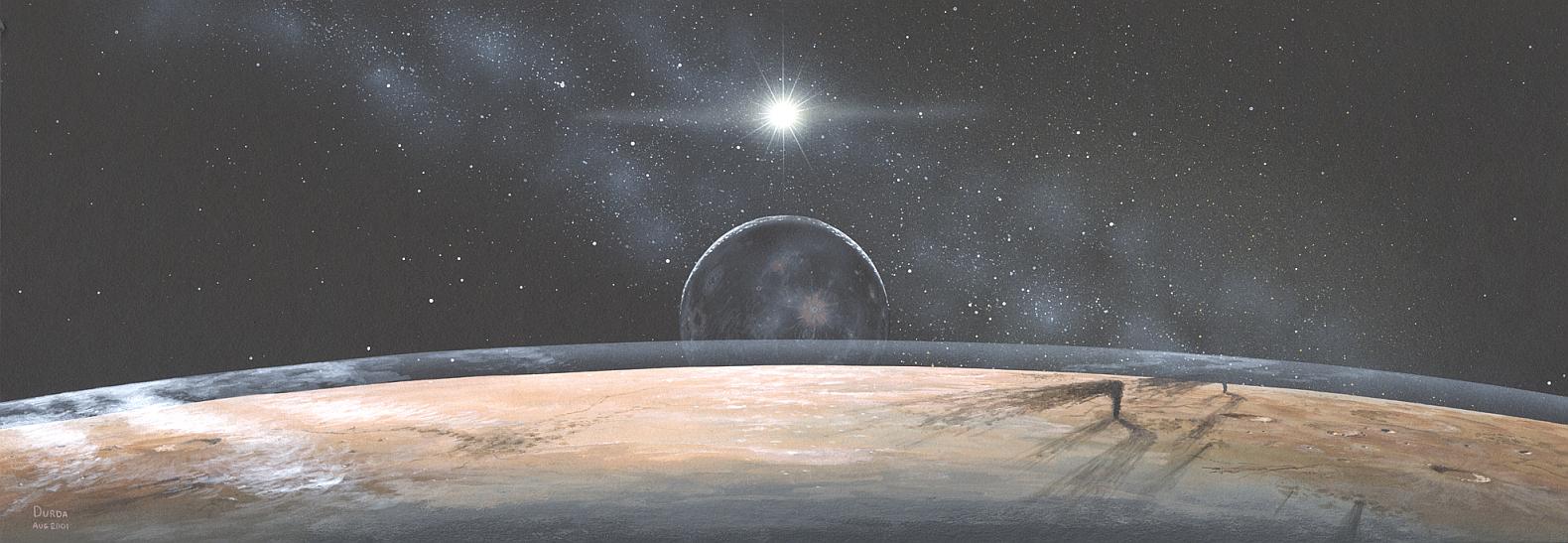Instead of addressing the international and domestic issues of importance, the President creates a global warming distraction for his weekly radio address. Out-of-control spending, scandalous cabinet-level agencies running amok, Iran rapidly ramping up their nuclear weapons program and numerous other critical domestic and international issues go unmentioned in favor of the president’s proposed solution to no known problem.
This is all a subterfuge to deflect attention from the real issues mentioned above. We have cited dozens of examples that prove climate change, global disruption or whatever they are calling Global Warming these days to be a complete hoax. It’s in the numbers, stupid.
Meanwhile, the hypocrisy of Obama and some wealthy celebrity greenbats is demonstrated by the writers at Townhall.com:
Environmentalists use Earth Day as another opportunity to disparage the most important source of human prosperity and enriched quality of life – fossil fuels. Ironically, President Obama, whose method of travel makes him one of the single largest individual contributors of CO2 emissions, is once again firing up the engines of Air Force One on Earth Day. This time it’s a flight to the Florida everglades for a photo op to highlight global warming’s impact on the planet. Air Force One burns five gallons of fuel per minute. The flight to Florida will be around 150 minutes and use 750 gallons of fuel. And that doesn’t account for other military aircraft, C-17 transport planes for his fleet of limos and security vehicles, or the dozens of police escort vehicles used to move him around on the ground. It’s a very carbon laden trip for someone hoping to convince the public that CO2 emissions are responsible for global warming and the destruction of the Everglades. But this year’s Earth Day trip pales in comparison to overseas trips in 2011 and 2014, when President Obama’s travels used over 35,000 gallons of fuel and contributed 375 tons of carbon to the atmosphere.
These trips are the personification of hypocrisy, and typical of eco-hypocrites who don’t change their personnel carbon emission behavior while asking the rest of the world to do so. It’s the ‘do as I say, not as I do’ principle. President Obama is not the only environmental crusader who is producing a massive carbon footprint while decrying the use of fossil fuels. Hollywood eco-hypocrite Leonardo DiCaprio likes to talk the talk and not walk the walk. It was recently revealed that the movie star, who led the People’s Climate March in New York, flew by private jet from Los Angeles to New York six times in six weeks last year. DiCaprio, and other wealthy environmentalists like billionaire Richard Branson and Greenpeace’s Pascal Husting, want to save the planet by making it more difficult and expensive for the average person to enjoy mobility, while they jet set around the world in their private planes.
That’s the problem with their eco-ideology. The wealthy and privledged don’t have to suffer the consequences of environmental regulations that put average people out of work, and make it more difficult for the poor to maintain a basic quality of life that is dependent on the use of fossil fuels.

